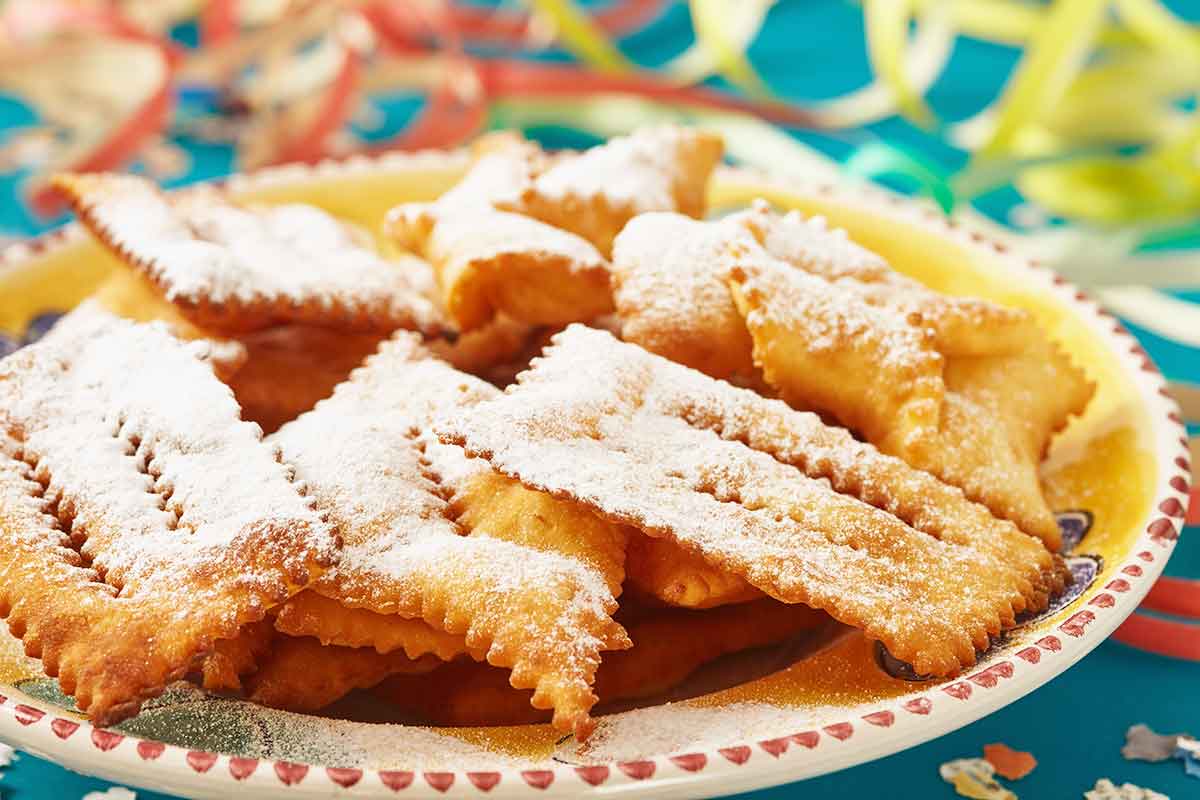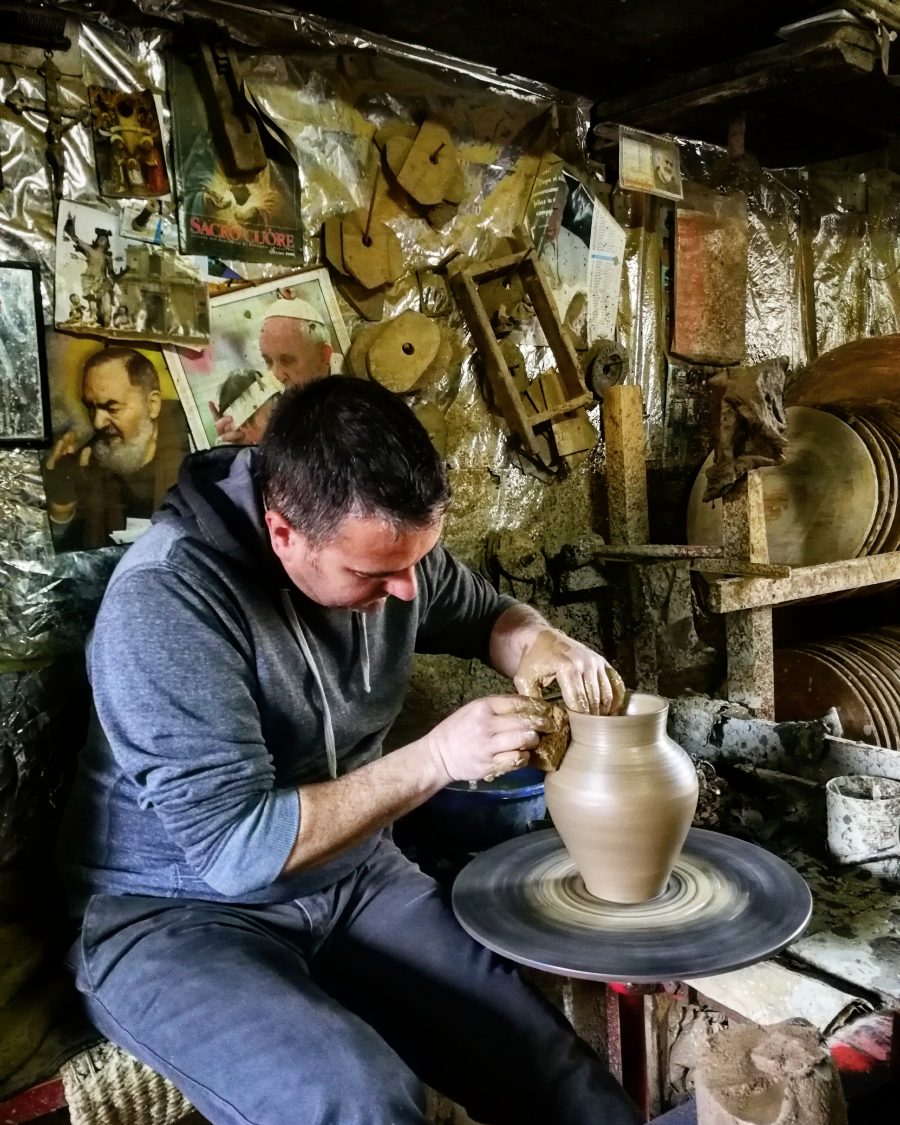Morris dancing is a celebration, a display of dance and music performed at seasonal festivals and holidays to banish the dark of winter, celebrate the warmth and fertility of summer, and bring in autumn’s golden harvest.

According to the History of Morris (1999) “…a more technical definition is that Morris dance is a form of English folk dance usually accompanied by music. It’s based on rhythmic stepping and the execution of choreographed figures by a group of dancers. Morris men and women usually wear bell pads on their shins and dance with sticks, swords and handkerchiefs…”
As Heaney pointed, it is probable the term morris developed from the French word morisque (meaning a dance, the dance), which became morisch in Flemish, and then the English moryssh, moris and finally morris. Flanders in the fifteenth century was an innovative cultural centre, and strongly influenced European culture in general. The earliest confirmation of a performance of morris dancing in England dates from London on 19 May 1448, when Moryssh dancers were paid 7s for their services.
Burgess underlines that by Elizabethan times it was already considered to be an ancient dance, and references appear to it in a number of early plays. Many called for a dance or jig to be performed by the leading actor. One of the most popular actors of the time was Will Kemp and, for a wager during Lent in 1599/1600, he danced from London to Norwich The Nine Daies Wonder. Large numbers of spectators turned out to cheer him on and check his progress.
Throughout its history in England, morris dancing has been through many manifestations. Five hundred years ago it was a dance for one or two; today it is for four or more. Accounts of morris dancing can be found throughout England, making it a nationwide phenomenon.
The History of Morris Dancing, 1458-1750 is John Forrest’s scholarly description of the early morris, providing images of our early dances, but we also like to say that our origins are ‘lost in the mists of time’.
There are actually quite a few different types of Morris dancing styles and different dances or traditions within each style, typically named after their region of origin.
Namely some of the most popular are:
Cotswold: The most widespread style seen today was collected from the South Midlands (sometimes called Cotswold), an area including Gloucestershire, Oxfordshire, Northamptonshire and Warwickshire, but extending beyond these areas.
Rapper Sword: North West Morris, Durham and Northumberland have their own versions of the sword dance, the Rapper dance.
Mummers plays: Many Morris dancers perform a locally collected play during the Christmas season, especially if they are dancing on Boxing or New Year’s Day.
Morris dancing continued to be popular until the industrial revolution and its accompanying social changes.
Sadly, by the late 19th century, Morris dancing was fast becoming nothing more than a memory, leading Cheltenham-based singer and organiser of pageants D’Arcy Ferris determined to revive it.
Several other English folklorists were also responsible alongside D’Arcy for playing their part in reviving the Morris tradition with the most notable being Cecil Sharp and Mary Neal.
References:
Burgess, Paul. “The Mystery of the Whistling Sewermen: How Cecil Sharp Discovered Gloucestershire Morris Dancing.” Folk Music Journal, vol. 8, no. 2, English Folk Dance + Song Society, 2002, pp. 178–94, http://www.jstor.org/stable/4522669.
Heaney, Michael. “The Earliest Reference to the Morris Dance?” Folk Music Journal, vol. 8, no. 4, English Folk Dance + Song Society, 2004, pp. 513–15, http://www.jstor.org/stable/4522721.
Forrest, J., 1999. The History of Morris Dancing, 1458-1750 (Studies in Early English Drama). University of Toronto Press.



